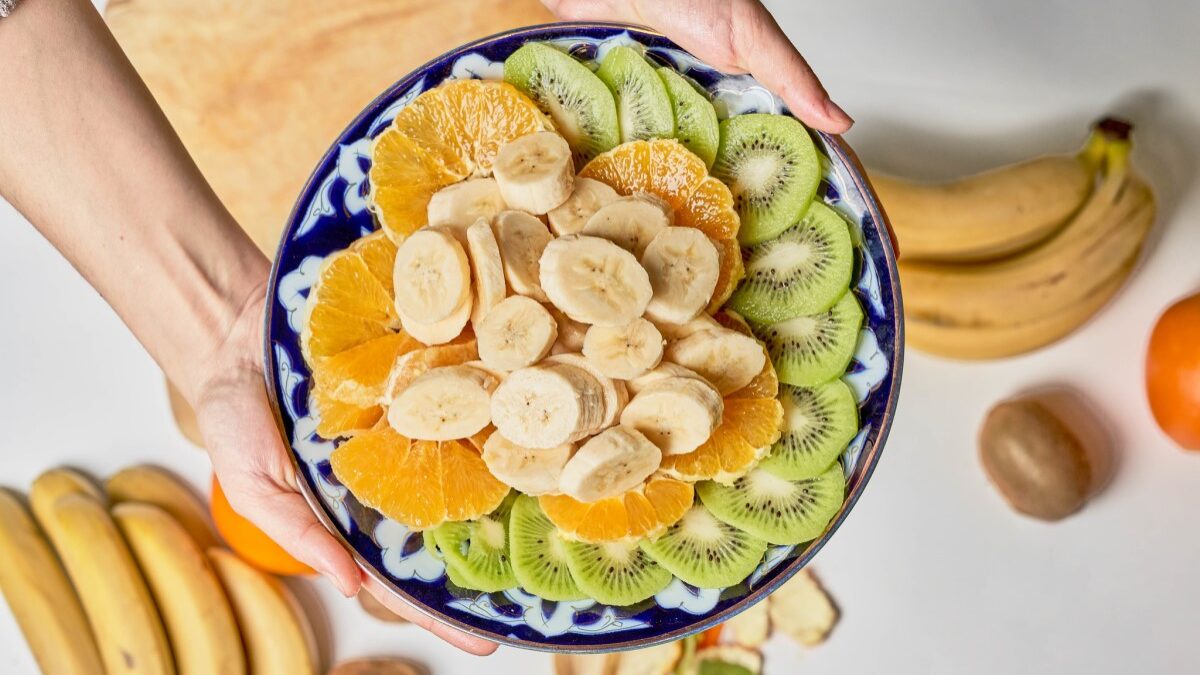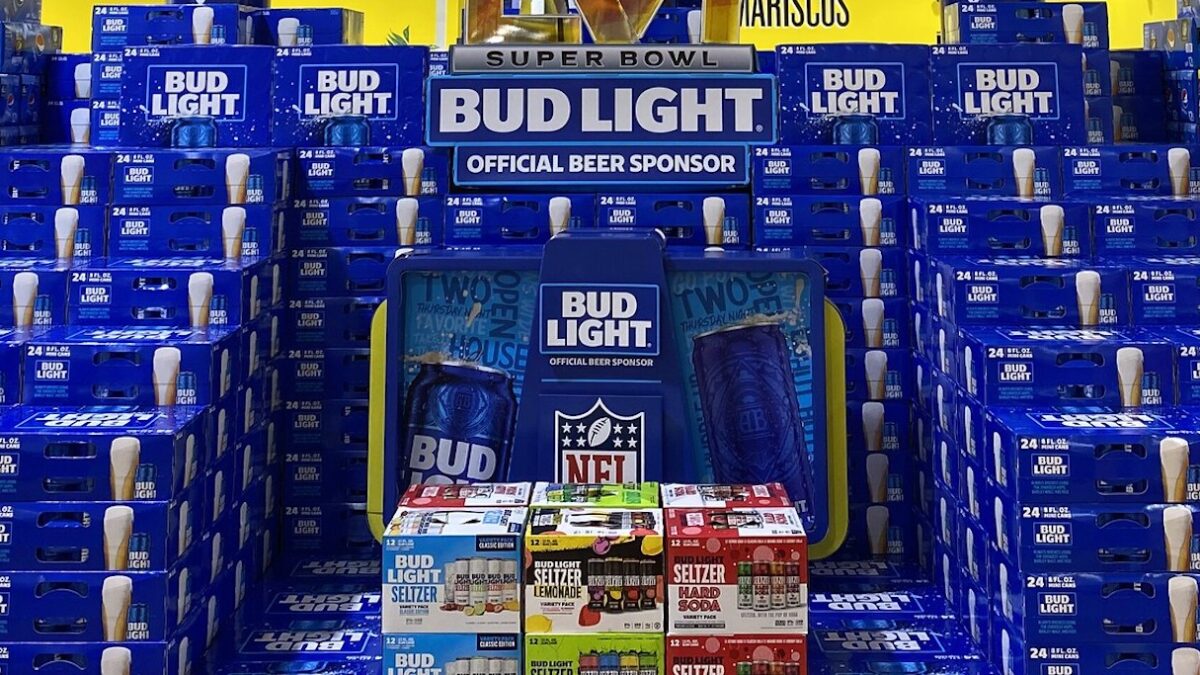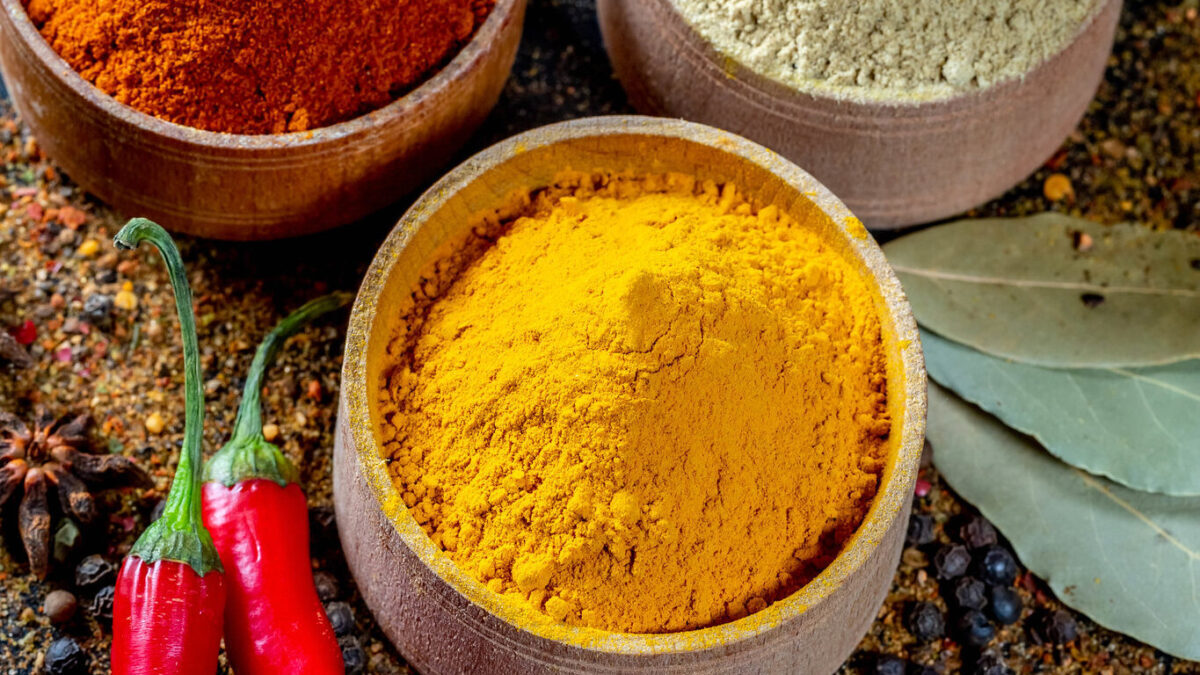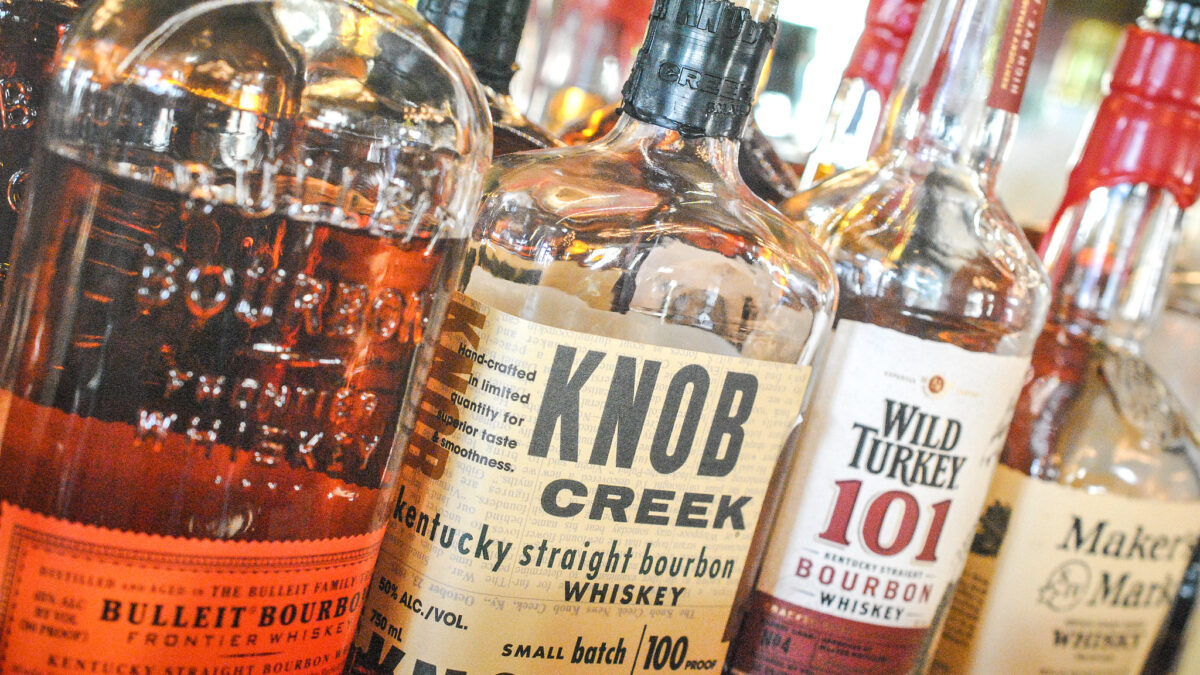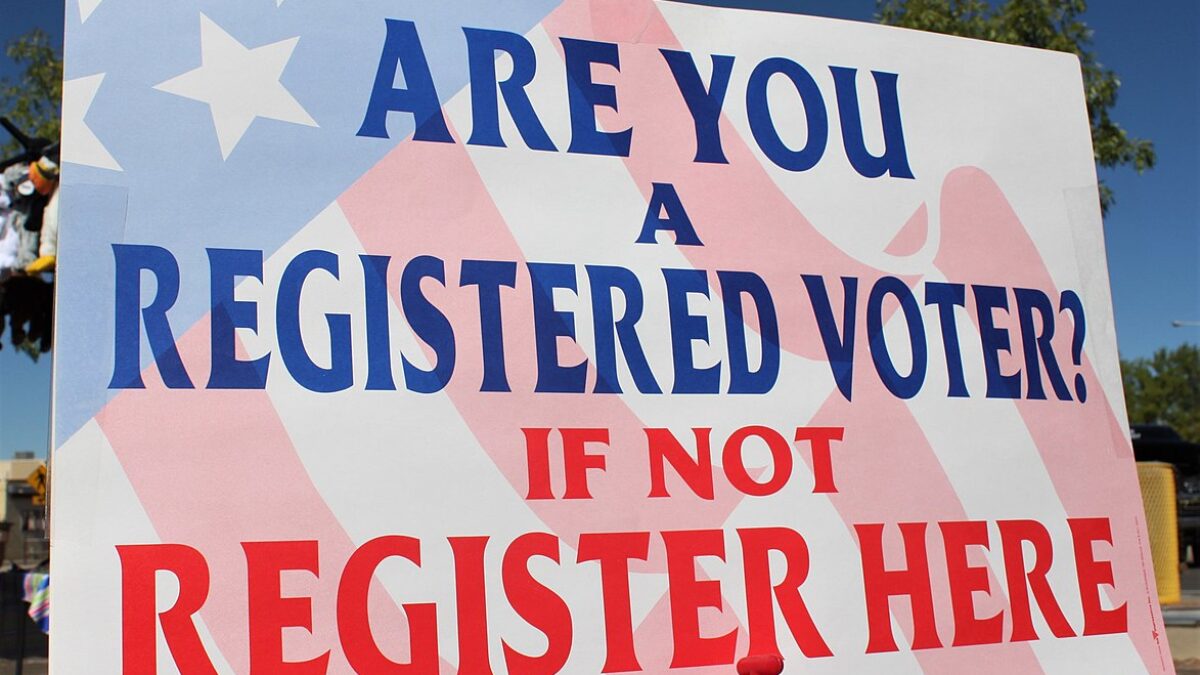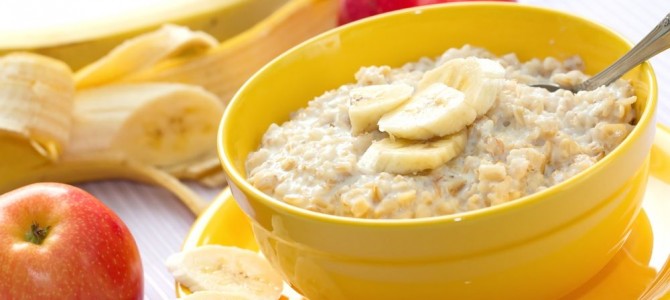
This week, Americans woke up and decided to forgo their healthy morning bowl of oatmeal because of a misleading story from The Daily Mail headlined “Is your oatmeal killing you? Quaker Oats is sued for $5 million following claims WEED KILLER is used in production.” Where do I start?
Well, let’s start with sources. Sources, sources, sources—there are so many sources these days. The trick is knowing the good sources. So let’s consider the source for this story: The Daily Mail.
Look, don’t get me wrong. I love The Daily Mail. In fact, I read it every single day—for Hollywood and entertainment gossip (and to keep up with Gwyneth and Jenny McCarthy’s latest idiocy). Yet I do not get my health and diet information from a site that specializes in promoting Kim Kardashian’s buttocks, Justin Bieber’s love life, and Gisele’s new nose.
In The Daily Mail’s defense (hysterical and utterly unnecessary headline aside), they were reporting on a (soon to be thrown out) lawsuit filed by a Brooklyn (natch!) resident who claims Quaker Oats lied by labeling the cereal “100 percent natural.” The lawsuit claims this label is false because during the growing of the oats, a pesticide called glyphosate—a synthetic weed killer—is used as an herbicide on the crops to stave off weeds and increase yield.
Beware Words Like ‘Natural’ and ‘Toxic’
I’ll get to the “glyphosate kills” baloney in a moment, but this lawsuit should serve as a warning to the food industry. It raises some very interesting questions about food marketing and the food industry’s continued use of meaningless and somewhat misleading phrases like “natural,” “healthy,” “clean,” and similar gimmicky terms that lack an agreed-upon or federally recognized definition (while the Food and Drug Administration, or FDA, doesn’t currently define “natural,” the agency is currently taking comments on a definition).
Whether the word “natural” is being properly used is open to debate. But just because something is a chemical and used during the food production process doesn’t mean it’s a danger to humans, must less a secret killer.
In fact, “toxic” is a word that is often thrown around but is as misleading as “natural.” After all, everything is toxic at a certain dose. Drinking too much water can kill you. Eating too much cantaloupe can kill you. Even eating too much kale can kill you. And yes, consuming high levels of just about any sort of chemical can harm or even kill you. The important takeaway? Dose makes the poison.
Dose Makes the Poison
So, in evaluating how concerned you should be about the trace amounts of glyphosate in oatmeal, one must consider the dose. It’s helpful to compare it to other items Americans are consuming. This graph from The Credible Hulk offers a good visual:
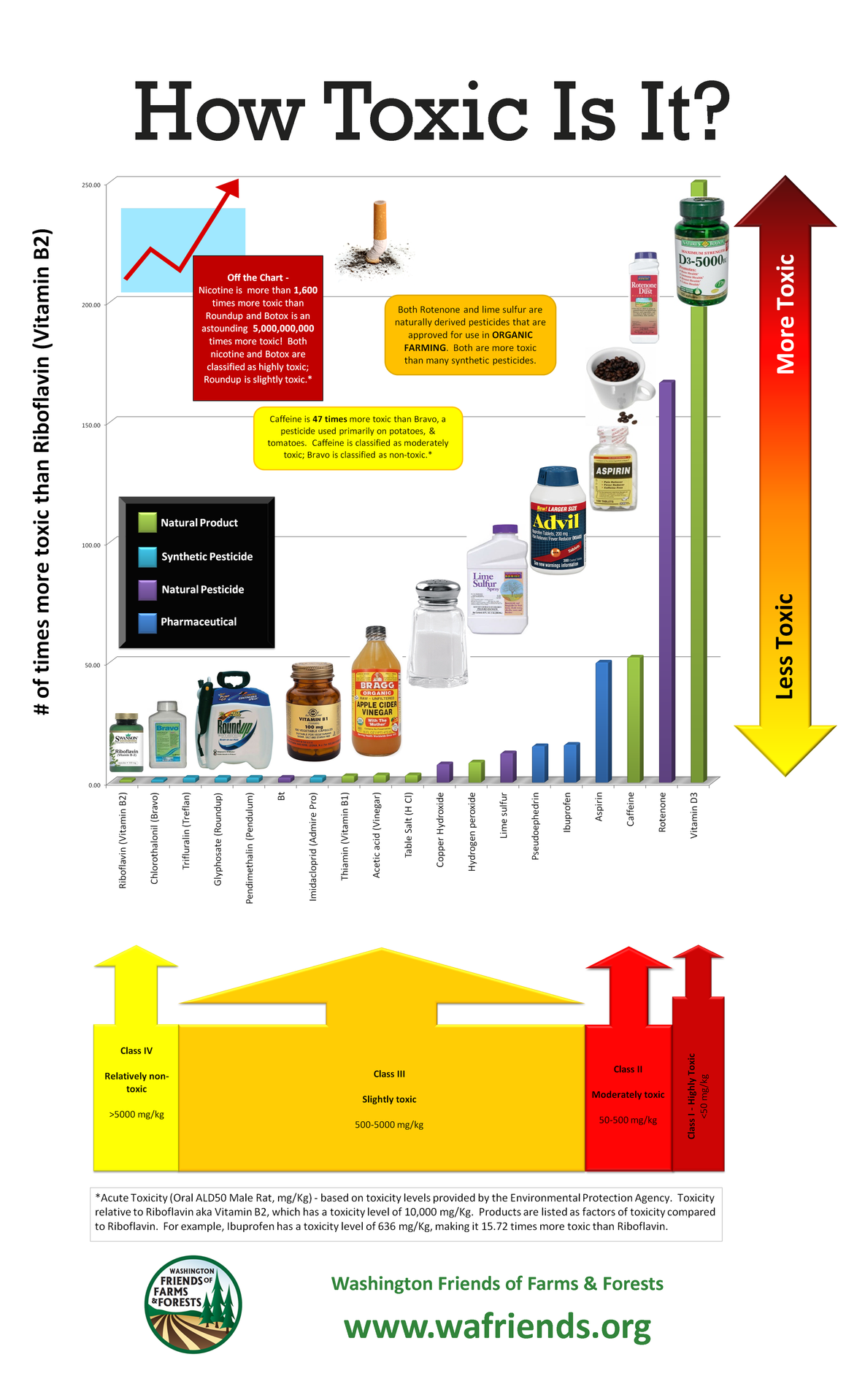
So, if you’re concerned about trace (almost undetectable) levels of glyphosate in your bowl of oatmeal, you better put down that coffee, stop taking an Advil after your spin class, and learn to love bland food.
But before we move on, take another look at that chart. Look way up there at the tippy top. See that compound called Rotenone? Well, guess what? That stuff is allowed for use as a pesticide in organic farming. See a few columns below that, that stuff called lime sulfur? Yeah, another “organic pesticide” that’s more toxic than glyphosate. Uh huh. Those organic farmers might just want to switch to the less-toxic glyphosate if they really cared about their customers. Just an idea.
Still not convinced? Check out this piece on glyphosate toxicity written by Dr. Anastasia Bodnar who, unlike the entertaining writers at The Daily Mail, studied genetics and sustainable agriculture at Iowa State University and writes on agriculture questions for Biofortified blog. I mean, she’s not covering Madonna, but… In answering the question “Is glyphosate toxic,” Bodner offers some common sense, saying:
Of course glyphosate is toxic! It is a herbicide after all – the whole point of glyphosate (G for short in this post) is to kill unwanted plants. Like all chemicals, including water and salt, G is going to be toxic to animals (including humans) at some dose. Compared to other herbicides, though, G is a pretty safe option for killing weeds.
Next, Bodnar explains produce is regularly tested for pesticide residue to ensure the residues are kept at safe levels. She writes:
The EPA sets maximum safe levels of pesticide residues for crops (called tolerances), based on the latest science. These tolerances are hundreds of times higher than estimated toxic values, and they consider a person’s total exposure to pesticides (with a wide margin of error to protect children and others who may be vulnerable). The USDA tests crops each year to make sure they don’t go above the tolerances. Very few pesticides are found above the tolerance levels (despite what the Dirty Dozen list claims). If the USDA finds any pesticides above the set tolerance, or finds pesticides on crops where they aren’t supposed to be, they report that information to the FDA. The FDA puts the teeth in this whole system. They have the regulatory power to start recalls, levy fines, turn back foods at the ports, and so on…
‘No Solid Evidence’ Links Glyphosate to Harm
Bodnar then offers links to the latest (and highly respected) literature on glyphosate and humans (here, here, and here), explaining that these “reviews looked at epidemiological studies, ones that look at disease incidence in large numbers of humans with varying levels of exposure to G or that look at exposure to G in a population that has a disease.”
That’s important. It means scientists have looked at populations that have higher rates of cancers and other diseases and looked to see if those people had been exposed to glyphosate. Conversely, they’ve looked at people who for whatever reason have higher exposure to glyphosate (farm workers, for instance) and have checked for certain disease.
To quote one of the studies’ findings: “the available literature shows no solid evidence linking glyphosate exposure to adverse developmental or reproductive effects at environmentally realistic exposure concentrations.” Another says: “Our review found no evidence of a consistent pattern of positive associations indicating a causal relationship between any disease and exposure to glyphosate.”
Bodnar also provides some information on why farmers use the stuff:
One interesting use of G is to dry wheat before harvest. To help reduce levels of toxic fusarium fungus on wheat, it is good to harvest the wheat as early as possible but you can’t harvest it until it’s dry. So G is used to dry (aka kill) the wheat plants so the grain can be harvested. As long as the G is sprayed after the plants have fully matured, the G won’t be moved from the plant into the seeds. Here, G is actually helping farmers prevent a legitimately scary toxin from getting into the food supply.
That’s right. Farmers aren’t using this simply to freak out moms. They’re using this pesticide to improve farming, increase yield, and stave off a potentially very harmful bacteria from entering the food supply. DAMN YOU, MONSANTO!
The Real Consequences of Crazy Food Frights
Of course, what’s really sad is that a number of folks who read this kind of rubbish will react by changing their habits—like forgoing their favorite oats in the morning. Moms will stop feeding oats to their kids because they’ll begin to worry they’re slowly poisoning them. Just look at a sample of the comments from the article (I know, I know, never read the comments!).


So California Sue and Phantom D.I.C.E now think they’ve hurt themselves. They’ve probably dumped their tins of oatmeal and will never eat it again. Or, even more disturbing, particularly if don’t have enough money to buy organic, they will nonetheless switch to these more expensive brands that are no healthier or safer, at a great sacrifice to their personal food budgets.
Bob’s Red Mill, which produces a more expensive, organic brand of oatmeal, was quick to take advantage of the “oatmeal kills” tosh. It posted a note on the company website to kinda, sorta (okay, we’re not really sure if our growers use glyphosate but we’re looking into it) offer reassurance.
Of course, this is no surprise. Organic food peddlers are very good at using these food scares to promote their own products and I sure as heck don’t expect Bob’s Red Mill to inform customers that even organic farmers use pesticides (here’s the FDA’s list of approved organic pesticides), but, man-o-man, wouldn’t it be nice to see a call for calm? Wouldn’t it be refreshing to see Bob defend the farmers with whom he works by saying, “Look, folks, calm down. Glyphosate is safe and useful for farmers. We trust our partners to make the best decisions about their crops, and we’re proud to work with them.”
Clearly, I’m drinking too much kumbucha to even hope a statement like that would come out of an organic company. But I’m not going to stop hoping that people continue to buy whatever brand best suits their wallets and forget this latest alarmist story.
Oats—both conventionally grown and organic—are a poor source if you’re looking to consume glyphosate. But if you’re looking for a low-calorie, low-sugar, cholesterol- and sodium-free source of carbohydrates and protein that also contains iron, thiamin, riboflavin, manganese, selenium, and the amino acid tryptophan, by all means, enjoy a delicious bowls of oatmeal.
Here’s some more health advice: Steer clear of stories with hysterical headlines looking to provoke a panicked response.


